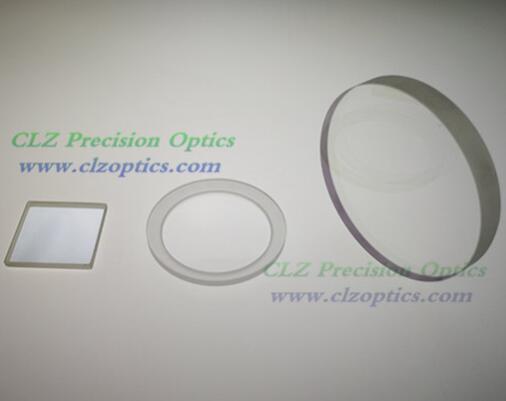Fused silica in optical components
Optics are critical for a range of applications, from analytical equipment to communications devices, medical diagnostic equipment, aerospace instruments, and defense equipment. They are used for diffraction, reflection, refraction, and diffraction of various wavelengths of light to enhance, amplify and direct light through transparent lenses and optical components.
Due to the highly precise nature of optical applications, optical components must be manufactured with a high degree of clarity and precision. Fused silica is particularly well suited for optical applications. It is valued for its excellent clarity, durability, and thermal properties for use in extreme environments where other materials are not suitable.
What is fused silica?
Fused silica is amorphous silica. It can be obtained, for example, by melting silica powder so that the particles are fused together and cooled fast enough to avoid crystallization. Fused silica in a more or less purified form belongs to the most important optical glasses or, more generally, optical materials for various bulk optical components and optical fibers.
There are also various silicate glasses that have fused silica as their main component but contain other substances such as soda, alumina, germanium oxide, or lime. They typically have a much lower glass transition temperature and differ from pure silica in many other ways, such as in the range of transparency and coefficient of thermal expansion.
Fused silica is sometimes referred to as quartz glass. However, it should be remembered that it is an amorphous material, while quartz is crystalline.

评论
发表评论